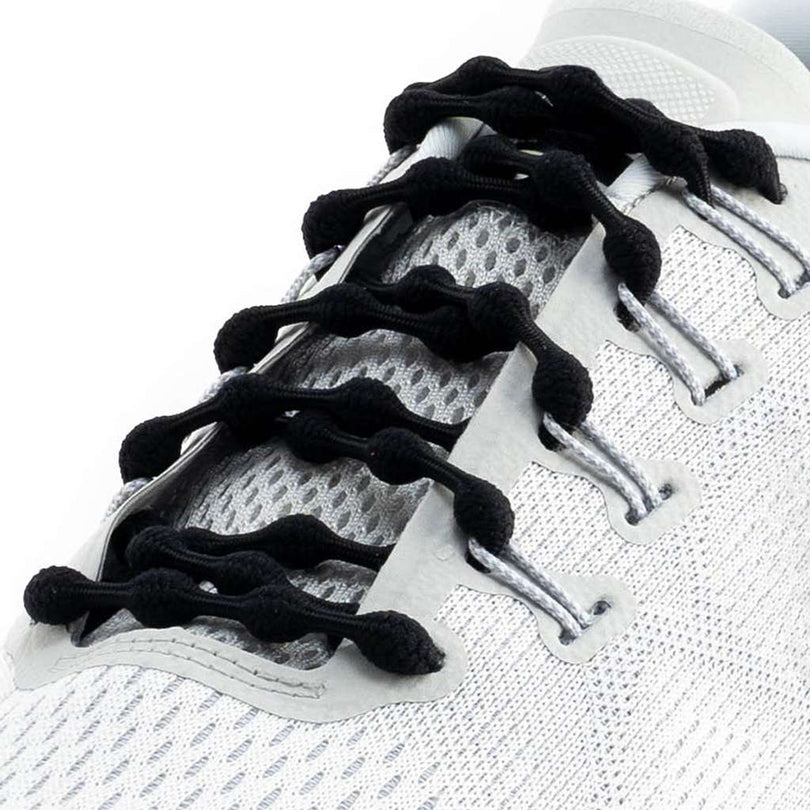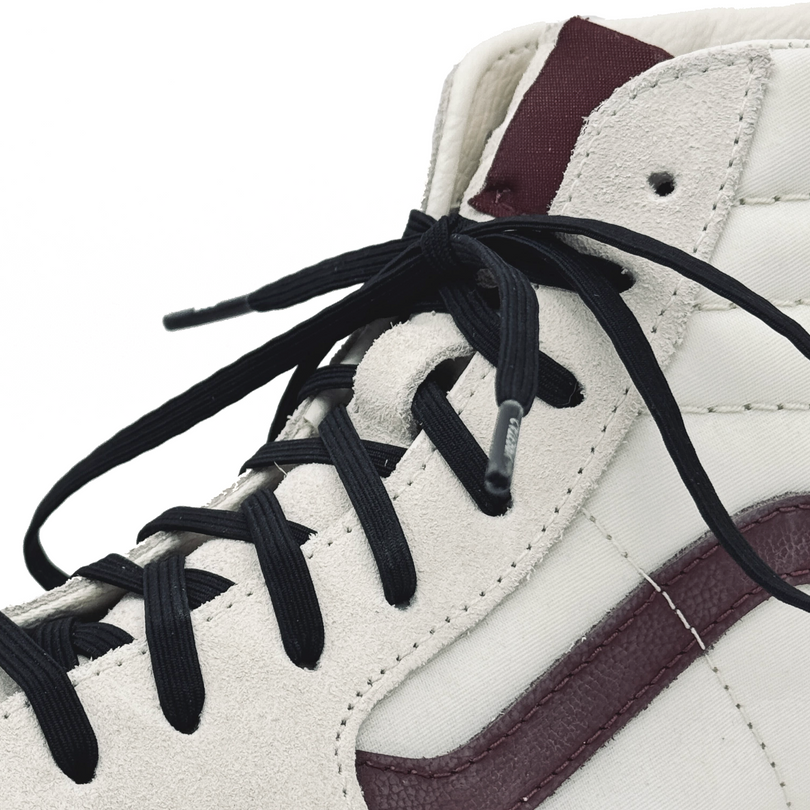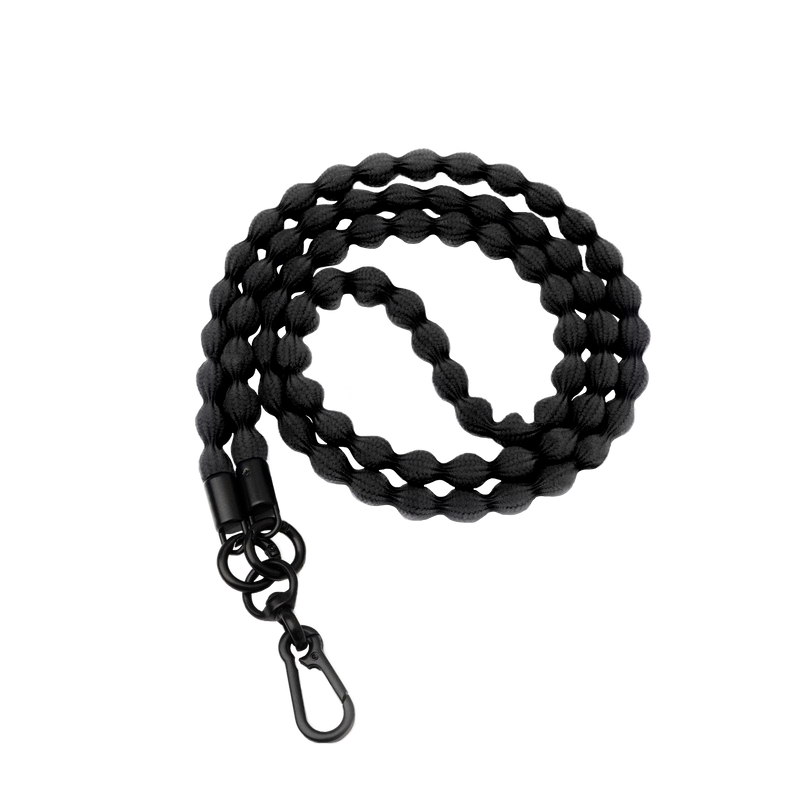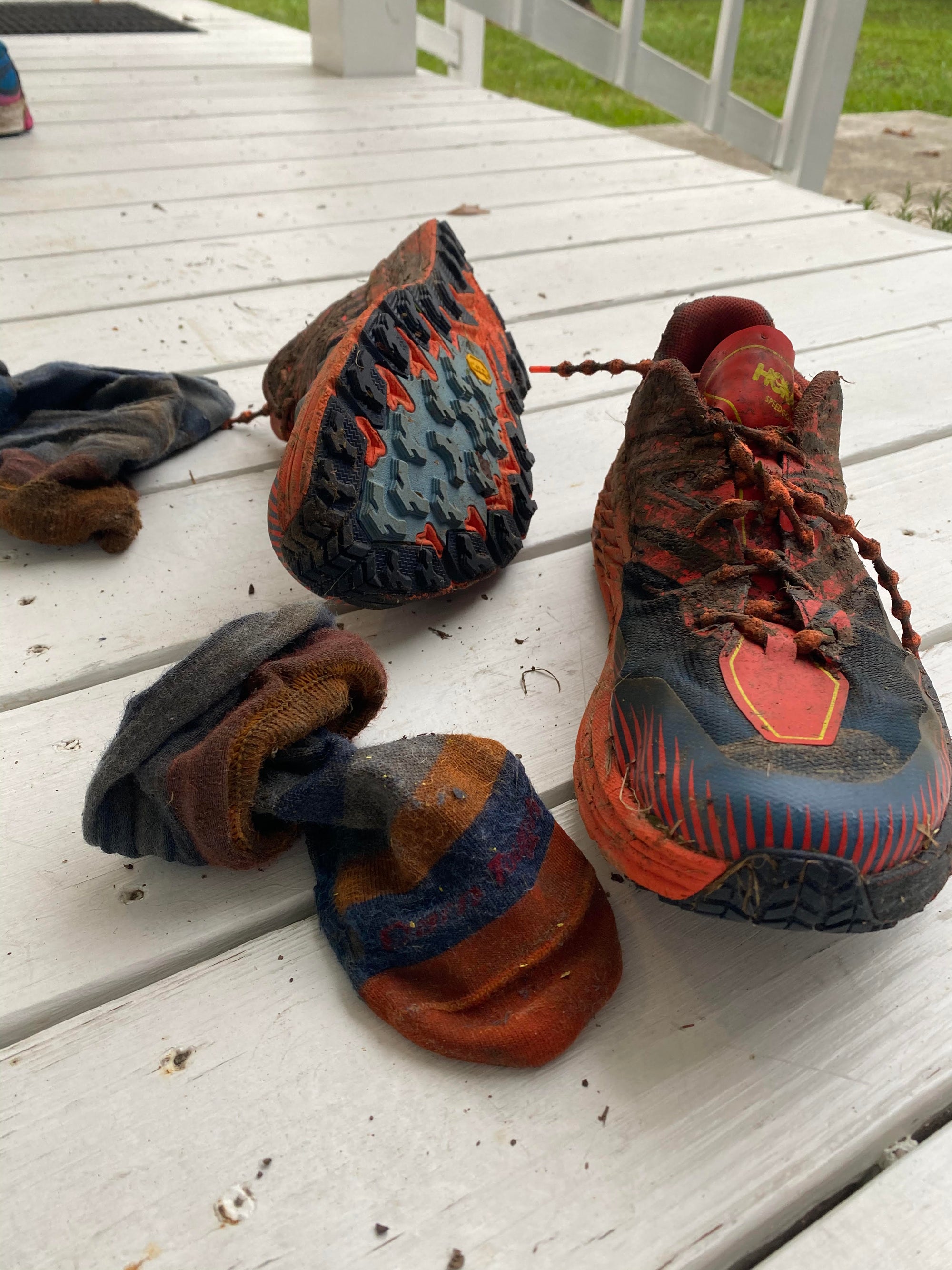By Ray McClanahan:
Spending time in nature is definitely a secret to health. To that end, I recommend you take it all in. Literally. Right down to feeling the sand between your toes or the moss under your heels. Or in my case, jumping up and down barefoot, in the “ickysticky-mud” with my 2-year-old-daughter, Kaiya, after we have watered our garden.
Whatever your occasion might be to enjoy the rejuvenating effects of nature, make certain not to leave your feet out of the experience. After all, like your hands, feet are specifically designed to sense the environment. Your feet can sense differences in heat and cold just like your hands; they are equally sensitive to pain, as you will know if you step on a sharp object that punctures the skin.
Your feet are also capable of adjusting to countless ground configurations while keeping your body upright and moving forward. These natural adaptive mechanisms are sometimes hampered by footwear that is designed to be used for walking on hard, flat surfaces; this kind of footwear restricts movements that are useful when walking on soft or uneven terrain.
Examples include anti-pronation or motion-controlling footwear. When you are on ground that is varied, like many of the trails in the Pacific Northwest, there will be occasions when your feet will need to pronate, even over-pronate to avoid an injury.
Yes, you read that right, in some instances pronation is a necessary protective mechanism.
Consider the example of my wife, Shannon: She suffered an ankle sprain while we were walking on a trail in Bend, because the footwear she was wearing would not allow her foot and ankle to pronate, or accommodate the sloping cant of the trail. Instead, the footwear directed her foot and ankle in the direction of supination, which is a rolling to the outside, the same basic direction that causes an inversion ankle sprain.
I have seen this same scenario too often in my practice, and so I want to educate walkers who are exploring hiking or other off-trail activities. The solution is relying more on the ability of your feet and ankles to sense and adapt to ever-changing ground surfaces. We all have a special joint below our ankle joint, the subtalar joint. If you hold your lower leg off the ground and rotate your foot in circles, you can appreciate how adaptable this joint is.
The subtalar and related joints in our feet and ankles should adapt to changing ground surfaces. Far too often another part of our body ends up making a less-than-ideal adaptation because the majority of footwear being used for walking, hiking, and running activities inhibits the motion around these very important joints.
If you wish to effectively use your subtalar joints while walking, there are several important points to consider: First, your footwear needs to be flexible. This can be tested by grabbing your shoe at the toebox and the heel and giving it a twist. The more flexible the better. Second, your footwear needs to be flat, from the back of the heel to the ends of the toes. Third, your footwear needs to allow your toes to spread wider than the ball of your foot.
Most walkers are unable to spread their toes, because the muscles necessary to accomplish this action have been weakened by the unnatural position created by most modern footwear. Bear in mind that most American walkers have walked on flat surfaces and worn restrictive footwear for most of their lives. For these reasons, it is recommended that you pursue off-road walking slowly, while gradually easing into more flexible footwear.
If you give your feet and body time to adapt to progressive changes in surface and footwear, you can expect to reap gains in foot and ankle strength, as well as flexibility, balance, and proprioception, which is the ability of your body to perceive its environment.
Tune in next issue for more discussion on the health of your feet and ankles. Happy Walking!











